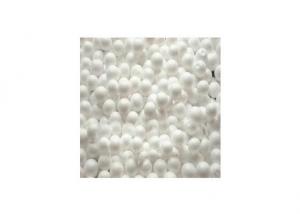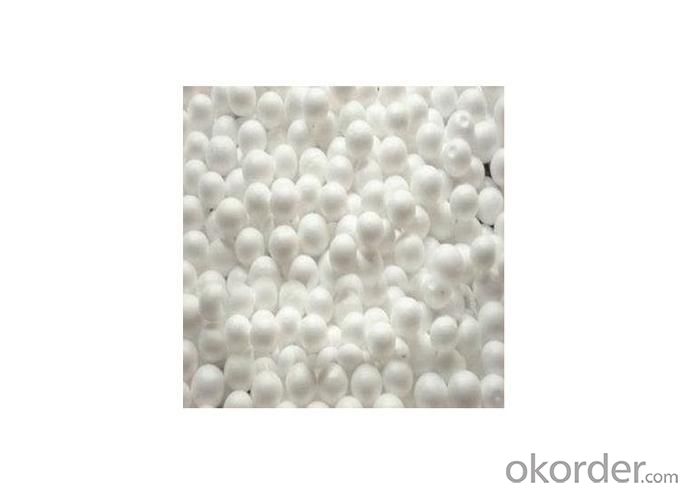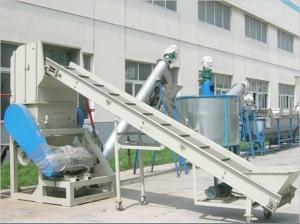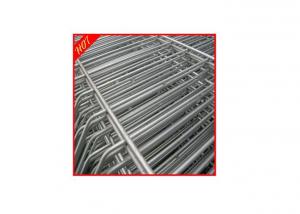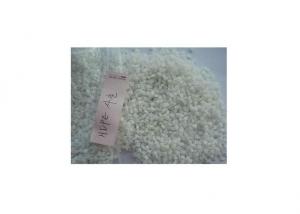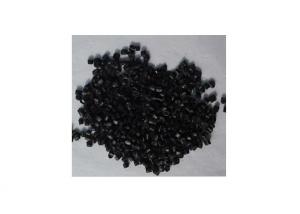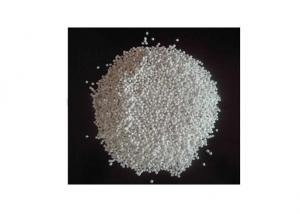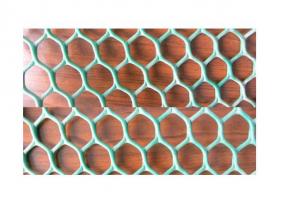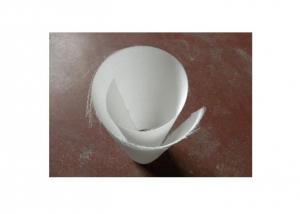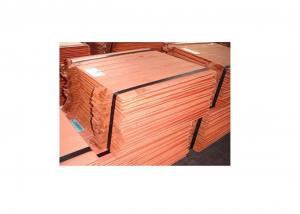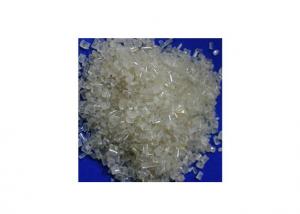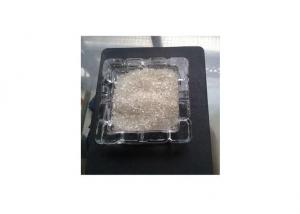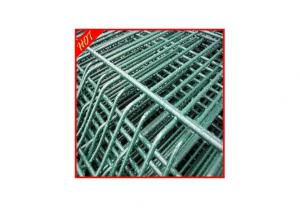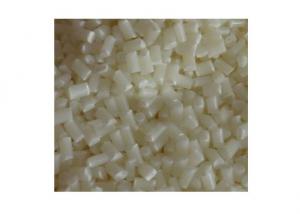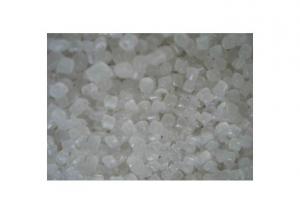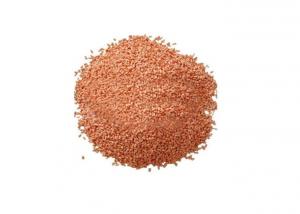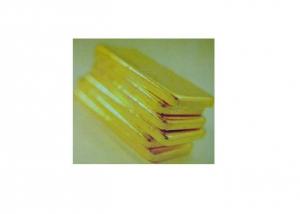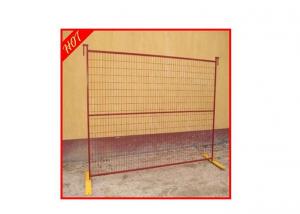Expandable Polystyrene Beads
- Loading Port:
- China Main Port
- Payment Terms:
- TT or LC
- Min Order Qty:
- 17 Metric Tons m.t.
- Supply Capability:
- 1500 Metric Tons per Month m.t./month
OKorder Service Pledge
OKorder Financial Service
You Might Also Like
Detailed Product Description
1.EPS/expandable polystyrene
2.Various Specs,colors
3.Virgin&Recycled
4.Factory price and free sample
5.SGS,CIQ,BV test
We are manufacturer .In the field of chemical raw materials,we are professional!
Welcome to inquire and contact us.
1.Characteristics:
Good flame-retardant, good frothing good preserving, good binding and low heat-conducting rate.Oxygen index over 30(testing after 7-14 days flowing)
2.Application:
This Flame retardant grade EPS can be used as building materials, materials for heat preservation, thermal insulation and for packing precision instruments
used for fire board, eps blocks, fish box production etc.
3.Storage:
The EPS series products of our company need to be put on the place where it is cool and ventilated, keep the storage temperature below 20°C in order to minimize the lost of frothing agents from escaping. The lower the temperature is, the better the quality is. The products should avoid rain, fog, snow and lighting up from the sun, static electricity and flame. Once the package material of the products is open, it should be used up as quickly as possible. Otherwise, the remaining EPS might lose its function due to escaping of foaming agents. If the EPS is stored too long, the expandable times might decrease
We also produce HDPE,LDPE,LLDPE,GPPS,HIPS,PP,PVC,PE100,PE80,PC,ABS etc.
More information please feel free to contact me Lafy
Free Sample
4.Specification for reference
HIPS:
| Item | Test method | Value | Unit | |
| Melt Flow Rate (MFR) | ASTM D-1238 | 3.8 | g/10min | |
| Tensile Strength | ASTM D-638 | ≥22 | Mpa | |
| Tensile Elongation | ASTM D-638 | ≥45 | % | |
| Izod Impact Strength | ASTM D-256 | ≥90 | J/M | |
| Vicat softening point | ASTM D-1525 | 99 | °C | |
| Residual styrene mass content | - | 0.05 | % | |
| Elongation at Break | ASTM D-638 | 55 | g | |
| Tensile Modulus | ASTM D-638 | 1800 | MPa | |
| Flexural Modulus | ASTM D-790 | 1750 | MPa | |
| Packing | 25kg in pp bag,23MT/1X20FCL | |||
GPPS:
| Item | Test method | Test conditions | Value | Unit |
| Density | ISO 1183:1987 | 1040 | kg/m3 | |
| Water absorption | ISO 62:1999 | <0.1 | % | |
| Melt flow rate | ISO 1133:1997 | 200°C/5kg | 3.8 | cm3/10min |
| Tensile modulus | Mpa | 1mm/min | 3300 | MPa |
| Elongation | ISO 527-2:1993 | 50mm/min | 3 | % |
| Tensile strength at break | ISO 527-2:1993 | 50mm/min | 55 | MPa |
| HDT | ISO 75-2:1993 | 1.8MPa | 84 | °C |
| Heat conduction | DIN 52 612 | 0.16 | W/mK | |
| Vicat softening point | ISO 306:1994 | B50/oil | 93 | °C |
| Flame retardance | UL-Standard 94 | >1.4mm | 94HB | Class |
| Packing | 25 in paper bag,23MT/1X20 | |||
EPS:
| Tests | Value | Unit | ||
| Bead Size | 0.50-0.90 | Millimeter | ||
| Pentane Content | 5.8 | % Weight | ||
| Mean Unexpanded Bead Size | 0.65 | Millimeters | ||
| Bulk Density | 630 | G/L | ||
| Coefficient of Liner Expension | 6.3 | Mpa | ||
| Single Pass Continuous | 2 | pcf | ||
| Batch | 1.7 | pcf | ||
| Maximum Continuous Service Temperature | 80 | °C | ||
| Packing | 25 in paper bag,20MT/1X20'FCL | |||
- Q: What kind of material is the raw material of plastic pipes?
- The raw material of plastic pipe is mainly based on the plastic tube type, type, polyethylene plastic pipe (PE) is the raw material of ethylene, polyvinyl chloride (PVC) material is polyvinyl chloride, polypropylene pipe (PB) is the raw material propylene.
- Q: What material is plastic bag made of?
- PVC-- polyvinyl chloride PVC referred to as PVC, the molecular formula for (CH2 - CH2CL) n, is the most important category of vinyl polymers, is currently the world's second largest plastic varieties after polyethylene. In China, the yield is the first in plastics. In the printing industry, packaging production of books, folders, tickets and other frequently used PVC calendered film cover color and transparent glazing film.
- Q: What are the plastic raw materials?
- 1, general plastics (polyethylene, polypropylene, polyvinyl chloride, polystyrene, ABS, etc.), thermosetting plastics (phenolic resin, epoxy resin, unsaturated polyester, polyurethane, silicone, amino resin, etc.);2 thermosetting plastics (phenolic resin, epoxy resin, unsaturated polyester, polyurethane, silicone, amino resin, etc.);3, thermoplastic engineering plastics (polyamide, polycarbonate, POM, PET, PBT and other plastics)
- Q: What are the raw materials of plastics made of?
- Some plastics are pure resins, such as polyethylene, polystyrene and so on. They are called single component plastics. Some plastics, in addition to synthetic resins, also contain other auxiliary materials, such as plasticizers, stabilizers, colorants, various fillers, etc., known as "multi component plastic.".
- Q: Does anyone know what kind of plastic material PP-M40 is?
- Compared with the ordinary PP, the filling PP has the advantages of less shrinkage, higher rigidity and good heat resistance, and is suitable for being used as an electric cooker, an inner ring, an automobile, a motorcycle fitting, etc..
- Q: Does plastic raw material ENBA have toughening effect?
- ENBA is also called EBA --- ethylene butyl acrylate, EBA itself at 40 degrees below zero, as well as impact resistance, flexible material, can be used as toughening agent; at the same time, EBA polarity, and a variety of polymer compatibility is good
- Q: What are the materials for making plastic basins? Are they raw materials?
- PP material ah! Usually with raw materials, slightly more mouth material!
- Q: What's the shell of the relay? What exactly is plastic?
- Relays, usually thermosetting plastics, refer to plastics that can be cured or otherwise insoluble in heat or other conditions, such as phenolics, epoxy plastics, etc.. Thermosetting plastics can be divided into two types: formaldehyde, cross-linking and other cross-linking. Formaldehyde crosslinked plastics include phenolic plastics and amino plastics (such as urea formaldehyde melamine formaldehyde etc.). Other crosslinked plastics include unsaturated polyester, epoxy resin, phthalic two, diallyl resin, etc..
- Q: What are the raw materials for producing plastic films?
- Plastic film raw materials are: PVC, polyethylene, polypropylene, polystyrene and other resins.
- Q: Chemical, plastic raw materials, plastic raw materials how sub grade?
- Plastic bucket is usually added to the resin, in the production of lubricants, plasticizers, dispersant, pigment, polyethylene wax, and these materials good variety, price range, and some high melting point, good whiteness, production out of the finished product is good texture, high brightness, good conscience manufacturers add some heat thermoplastic elastomer, feel very well; and a point of the raw materials, the relative performance is low, the production of plastic barrels must be of poor quality.
1. Manufacturer Overview
| Location | Hubei, China |
| Year Established | 2011 |
| Annual Output Value | |
| Main Markets | North America South America Eastern Europe Southeast Asia Africa Mid East Eastern Asia Western Europe Central America Northern Europe South Asia |
| Company Certifications |
2. Manufacturer Certificates
| a) Certification Name | |
| Range | |
| Reference | |
| Validity Period |
3. Manufacturer Capability
| a) Trade Capacity | |
| Nearest Port | Tianjin,Qingdao,Wuhan |
| Export Percentage | 81% - 90% |
| No.of Employees in Trade Department | 6-10 People |
| Language Spoken: | English, Chinese |
| b) Factory Information | |
| Factory Size: | |
| No. of Production Lines | |
| Contract Manufacturing | |
| Product Price Range | |
Send your message to us
Expandable Polystyrene Beads
- Loading Port:
- China Main Port
- Payment Terms:
- TT or LC
- Min Order Qty:
- 17 Metric Tons m.t.
- Supply Capability:
- 1500 Metric Tons per Month m.t./month
OKorder Service Pledge
OKorder Financial Service
Similar products
Hot products
Hot Searches
Related keywords
